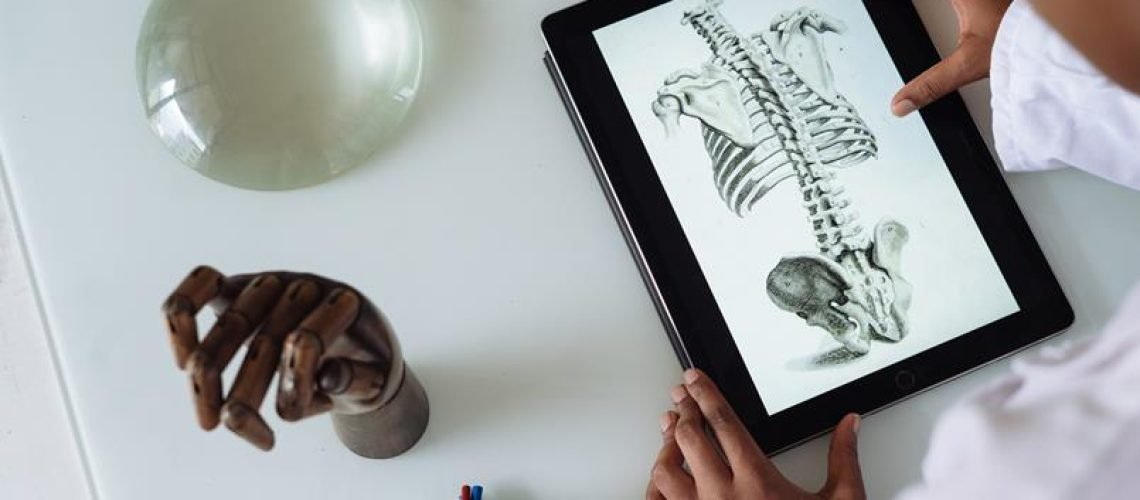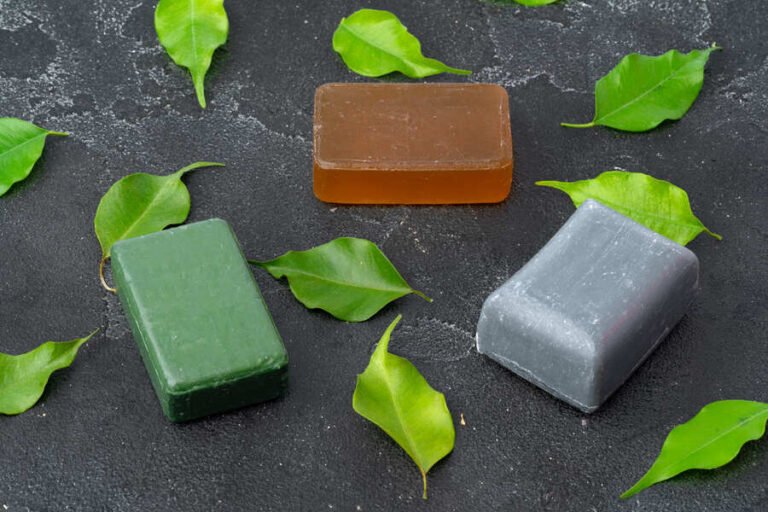Are you ready to give your feet the care they deserve? Before you book that appointment for a medical pedicure, it's important to know what it entails.
In this article, we'll delve into the world of medical pedicures together, exploring the differences between regular pedicures and the specialized treatment provided by podiatrists or medical pedicurists.
From the sterile, medical-grade tools used to the waterless procedure that prevents infections, you'll discover all the information you need to make an informed decision and find reputable providers.
Let's dive in and give your feet the attention they need.
Key Takeaways
- Medical pedicures improve foot health and address foot issues.
- Sterile, medical-grade tools are used to prioritize hygiene and infection prevention.
- Podiatrists or medical pedicurists perform medical pedicures after extensive education and training.
- Choosing a reputable location provides peace of mind and quality care.
Understanding the Benefits of a Medical Pedicure
If you're considering a medical pedicure, you'll be pleased to know that the benefits are numerous.
Medical pedicures are specifically designed to improve foot health and address various foot issues.
One of the key benefits of a medical pedicure is the use of sterile, medical-grade tools. Unlike regular pedicures, which may use non-sterile equipment, medical pedicures prioritize hygiene and infection prevention.
Additionally, medical pedicures are performed by podiatrists or medical pedicurists who've undergone extensive education and training. This ensures that they can effectively assess your feet, address any foot issues such as corns, ingrown nails, or calluses, and provide appropriate treatment.
The Importance of Choosing a Reputable Location
When looking for a medical pedicure, it's essential to choose a reputable location that prioritizes hygiene and safety. Here are three reasons why choosing a safe location and finding a qualified professional is important:
- Preventing infections: Reputable locations follow strict protocols to ensure a clean and sterile environment. They use medical-grade tools that are properly sanitized, reducing the risk of infections caused by bacteria or fungi.
- Expertise and training: Qualified professionals at reputable locations, such as podiatrists or medical pedicurists, have extensive education and training in foot care. Their expertise allows them to identify and address foot issues effectively, providing you with safe and appropriate treatment.
- Peace of mind: By choosing a reputable location, you can have confidence in the quality of care you receive. You can trust that the professionals working there have the necessary qualifications and experience to deliver a safe and effective medical pedicure.
How to Prepare for a Medical Pedicure
To ensure a smooth and comfortable experience, you should follow these steps to prepare for a medical pedicure.
First, make sure to clean your feet thoroughly before your appointment. Use warm water and mild soap to wash away any dirt or bacteria. Avoid using harsh chemicals or exfoliating scrubs, as they can irritate the skin.
Next, trim your nails straight across and file any rough edges. It's important to avoid cutting the nails too short to prevent ingrown nails. Additionally, remove any nail polish or artificial nails before your appointment.
Lastly, inquire about the sterilization procedures used at the clinic. Ensure that the tools used are properly sterilized to reduce the risk of infections.
What to Expect During a Medical Pedicure
During a medical pedicure, you can expect to have your feet thoroughly assessed and treated for various foot issues by a trained podiatrist or medical pedicurist. Here's what you can expect during the procedure:
- Thorough assessment: Your feet will be carefully examined to identify any foot problems or conditions that need attention. The podiatrist or medical pedicurist will evaluate your skin, nails, and overall foot health.
- Treatment of common foot issues: If you have corns, ingrown nails, calluses, or other foot problems, they'll be addressed during the medical pedicure. The podiatrist or medical pedicurist will use sterile, medical-grade tools to safely and effectively treat these issues.
- Precautions for your safety: During the medical pedicure, strict hygiene protocols will be followed to prevent infections. Waterless procedures may be used to reduce the risk of fungal or bacterial contamination.
Aftercare Tips for Maintaining Healthy Feet and Nails
How can you effectively maintain healthy feet and nails after getting a medical pedicure? Taking care of your feet and nails is essential for overall nail health and foot hygiene. Here are some aftercare tips to help you maintain the results of your medical pedicure and keep your feet and nails in great condition:
- Keep your feet clean and dry: Wash your feet daily with mild soap and warm water, and make sure to thoroughly dry them, especially between the toes, to prevent fungal and bacterial infections.
- Moisturize regularly: Apply a moisturizer to your feet and nails daily to keep them hydrated and prevent dryness and cracking.
- Trim your nails properly: Trim your nails straight across and avoid cutting them too short to prevent ingrown nails.
- Wear comfortable shoes: Choose shoes that provide proper support and have enough room for your toes to prevent foot problems.
- Protect your feet: Use sunscreen on your feet to protect them from harmful UV rays, and wear appropriate footwear in public places to prevent fungal infections.
Frequently Asked Questions
Are Medical Pedicures Covered by Insurance?
Insurance coverage for medical pedicures varies. It is important to check with your insurance provider to determine if they cover this type of procedure. Additionally, medical pedicures can be beneficial for diabetic patients in managing foot health.
Can I Get a Medical Pedicure if I Have a Fungal Infection?
Yes, you can still get a medical pedicure if you have a fungal infection, but there are precautions to consider. Make sure the tools used are sterilized, and inform the podiatrist or medical pedicurist about your condition for proper treatment.
How Long Does a Medical Pedicure Usually Take?
On average, a medical pedicure usually takes about 45 minutes to an hour. It offers various benefits, such as addressing foot issues and promoting healthy nails. However, it's important to be aware of any potential risks involved.
Can I Wear Nail Polish After a Medical Pedicure?
After a medical pedicure, you can wear nail polish, but it's important to wait until your nails are completely dry. Post pedicure care includes moisturizing your feet and avoiding activities that may damage your newly treated nails.
Are Medical Pedicures Safe for Pregnant Women?
Medical pedicures can benefit individuals with diabetes by addressing foot issues and promoting overall foot health. Pregnant women should take precautions before getting a regular pedicure, such as ensuring proper ventilation and avoiding toxic chemicals.
Conclusion
In conclusion, getting a medical pedicure can provide numerous benefits for your foot health. While some may worry about the cost, it's important to remember that the specialized care and sterile tools used in medical pedicures can help prevent infections and address specific foot conditions.
Investing in your foot health now can save you from more serious issues in the future. So why not treat your feet to the expert care they deserve and book a medical pedicure today?







